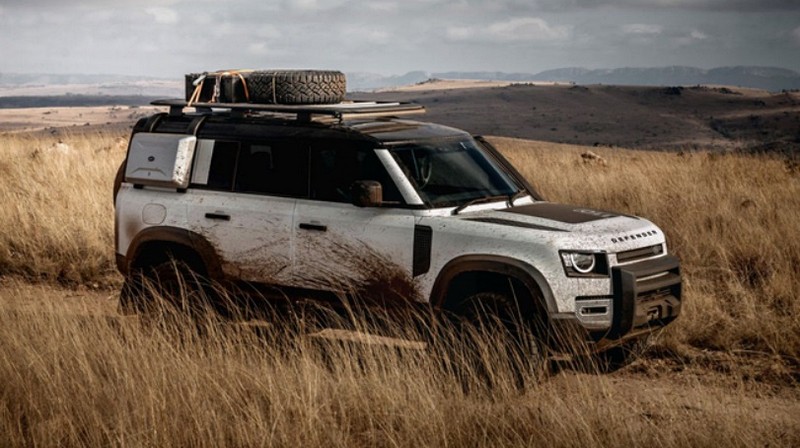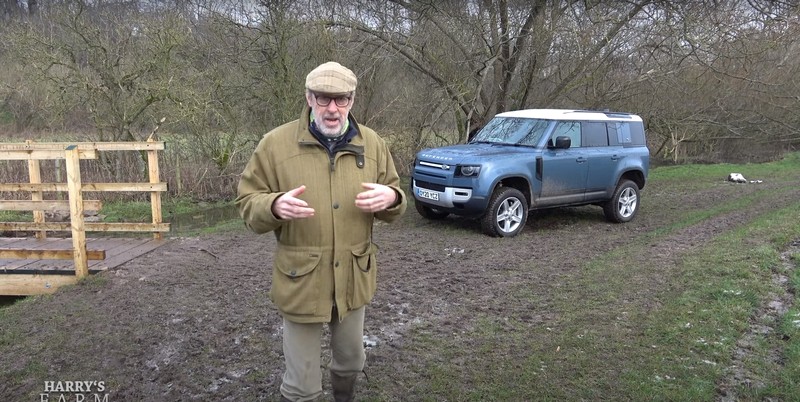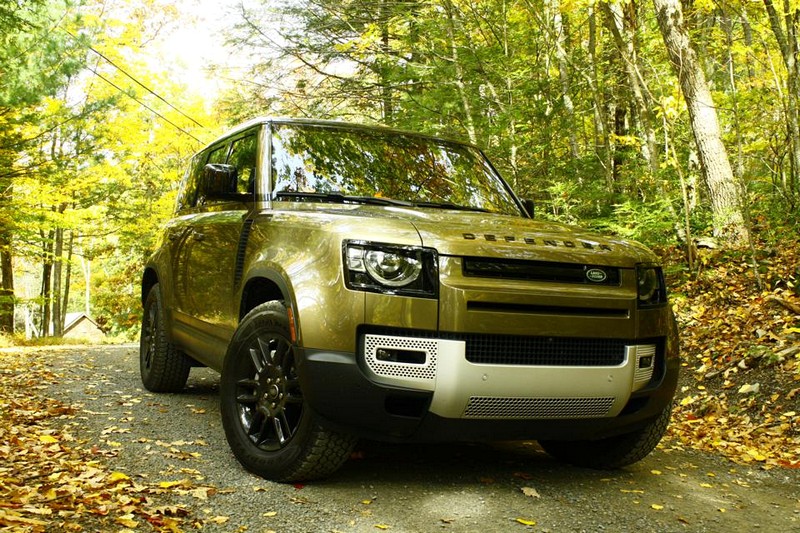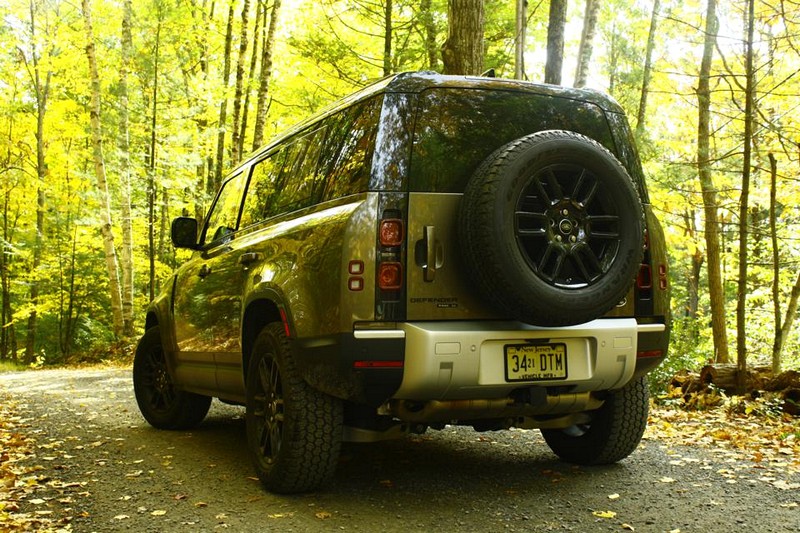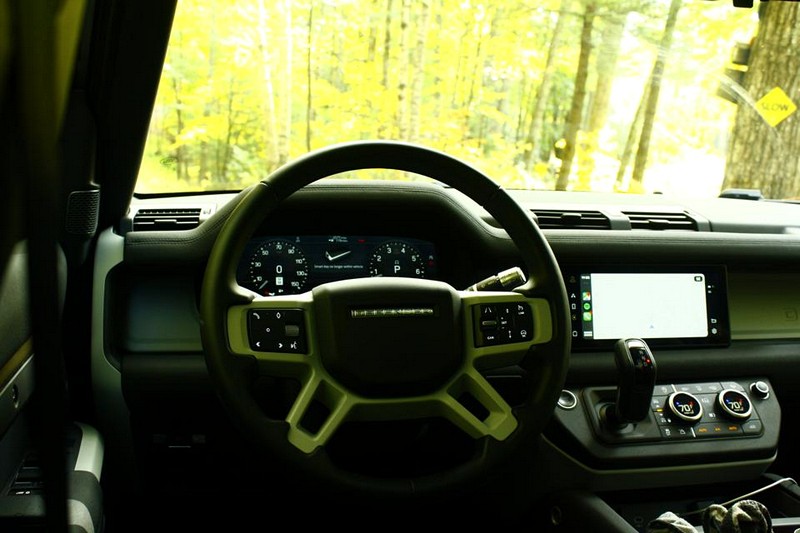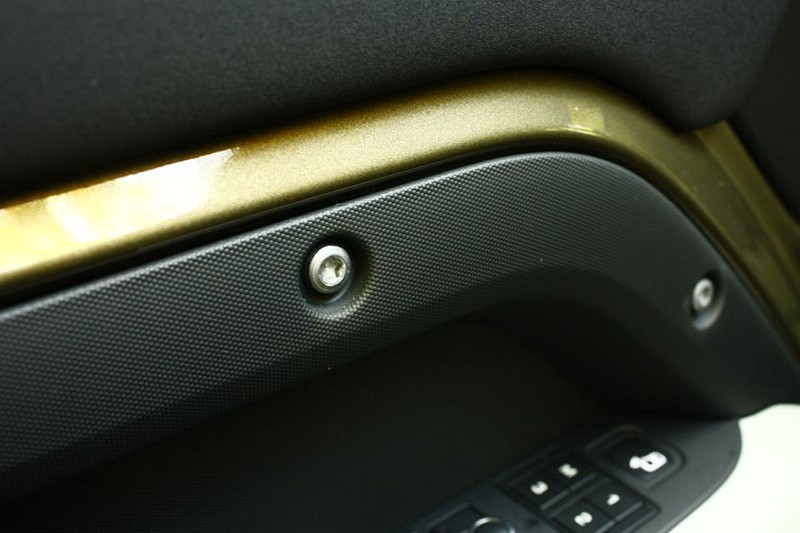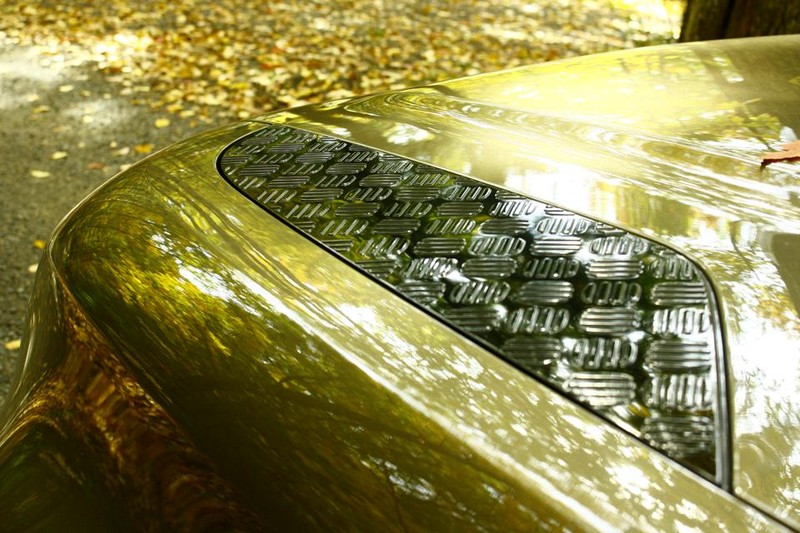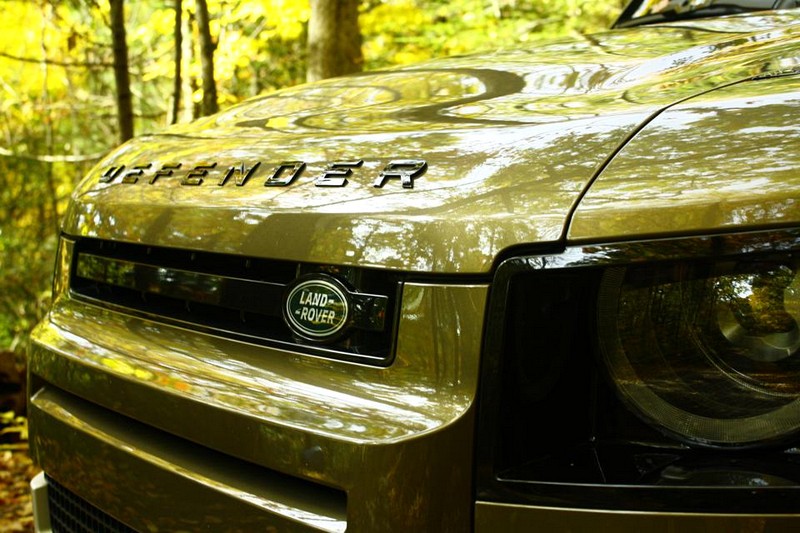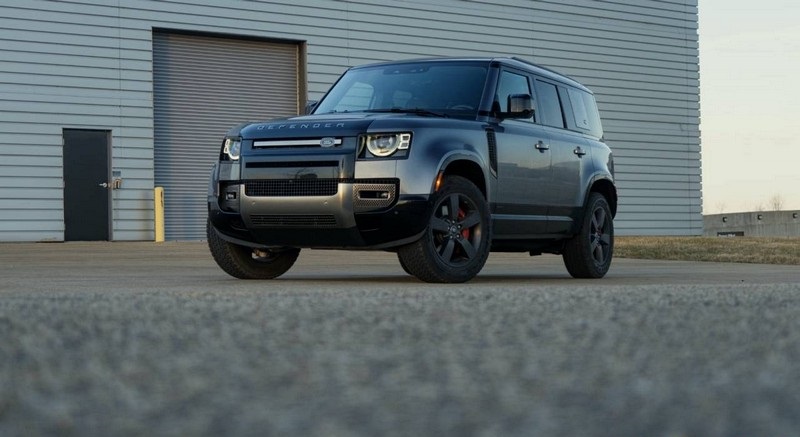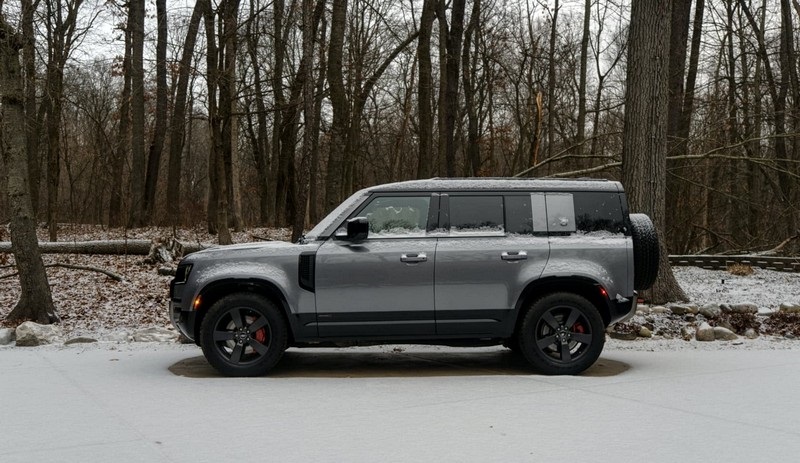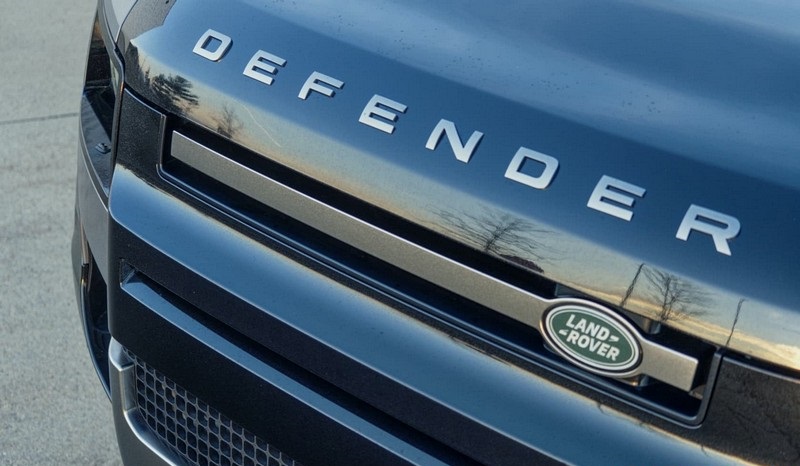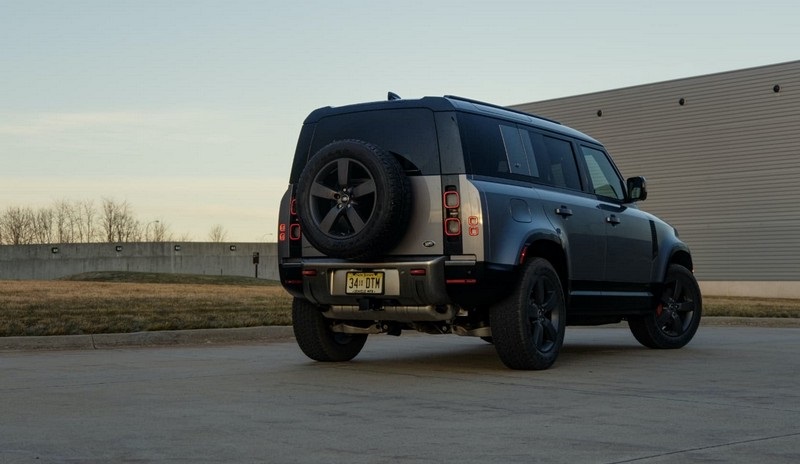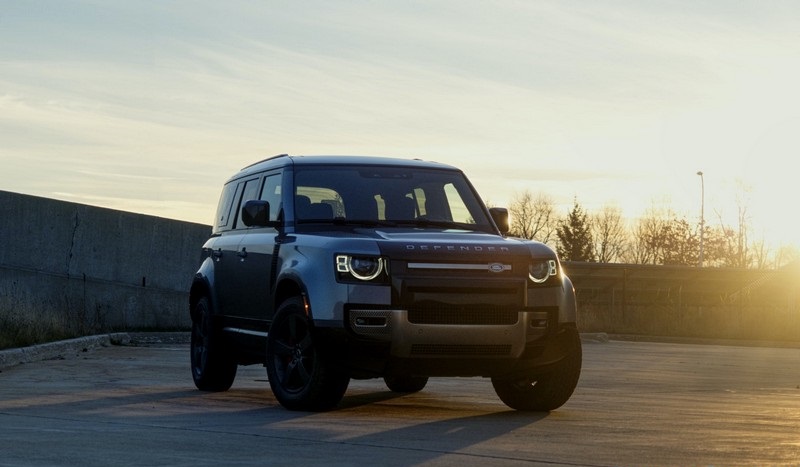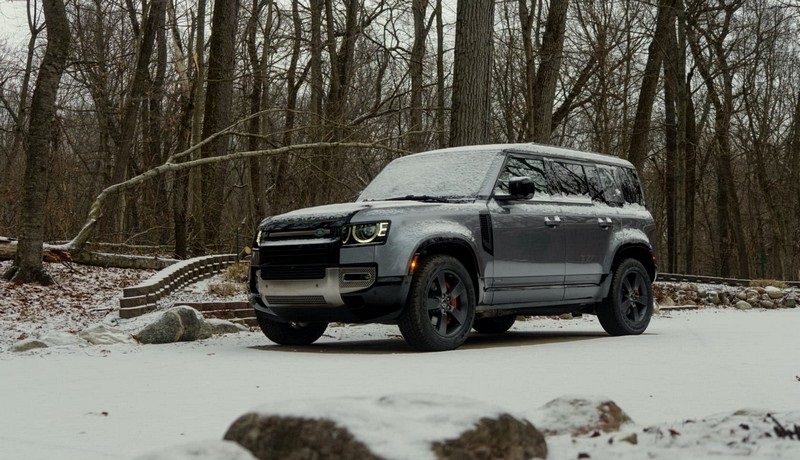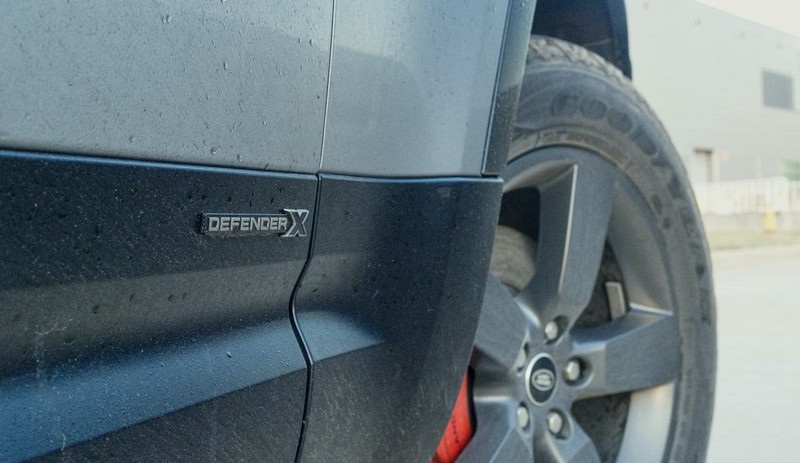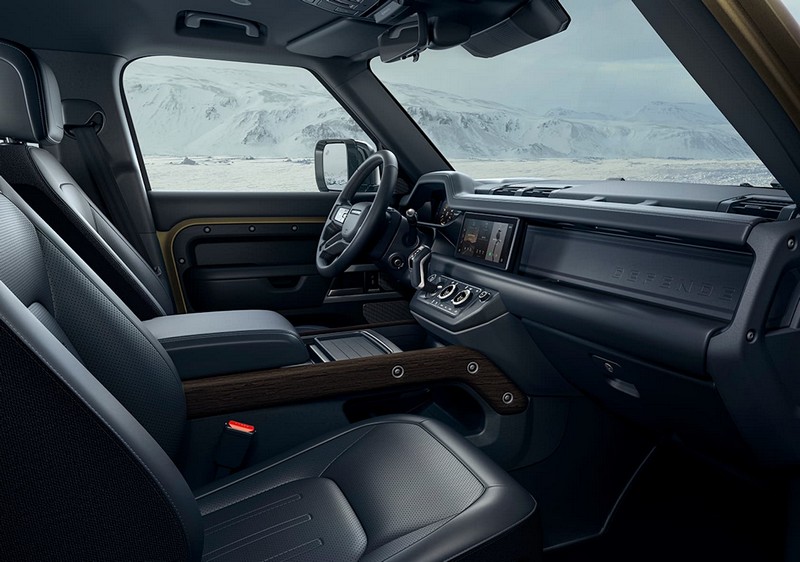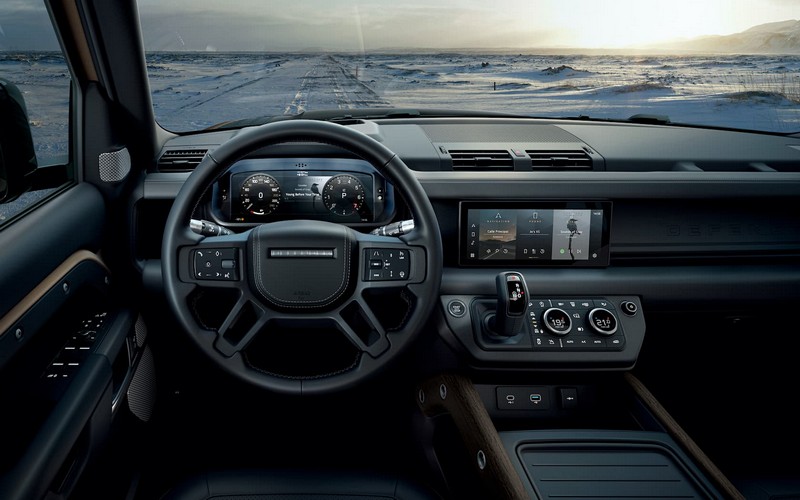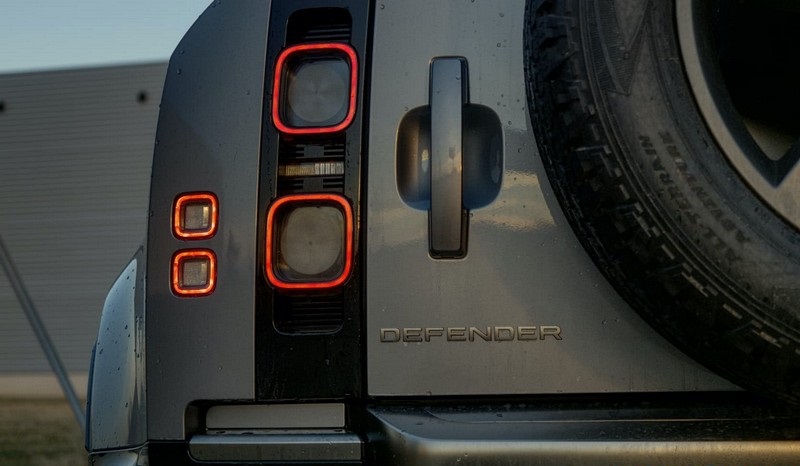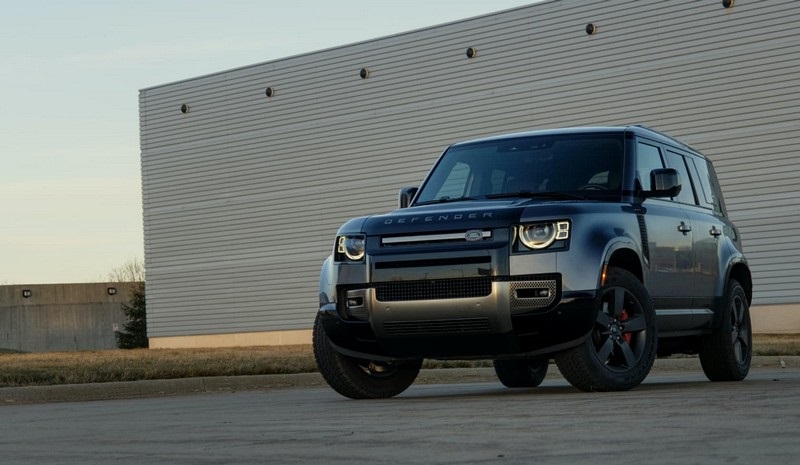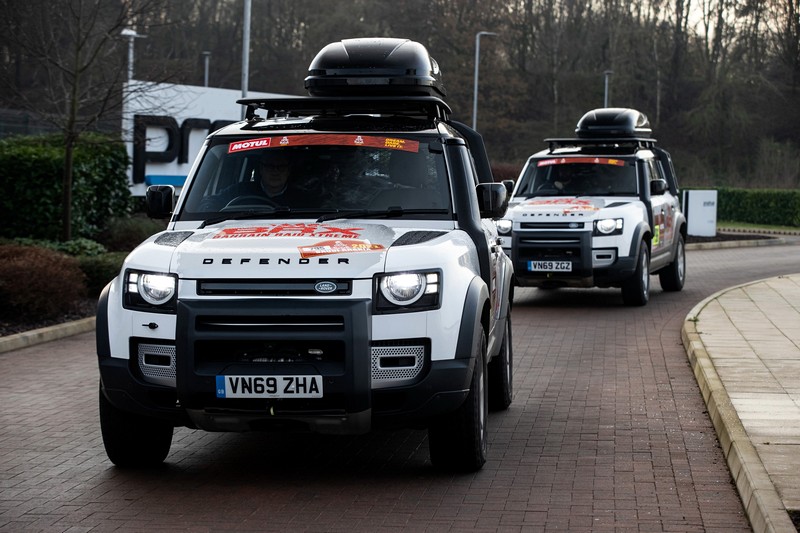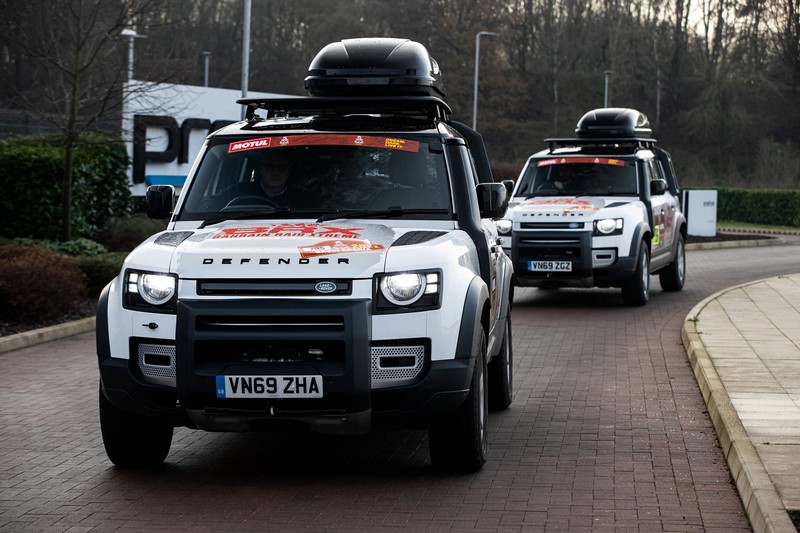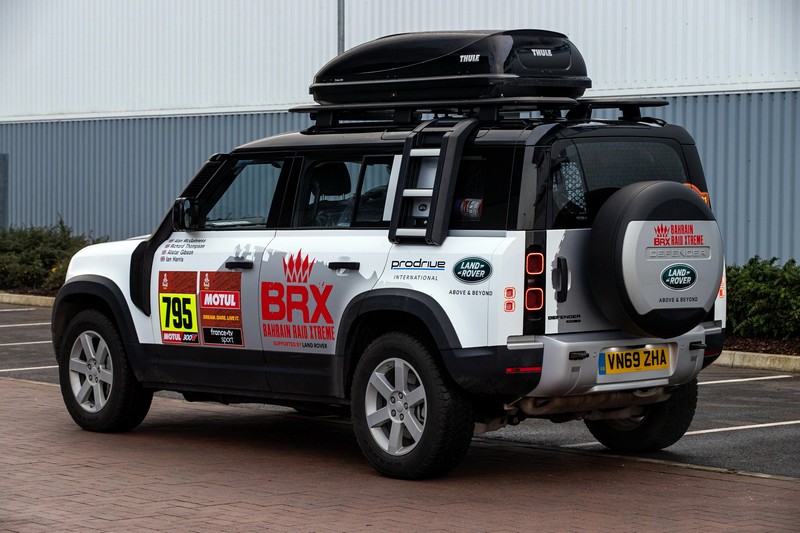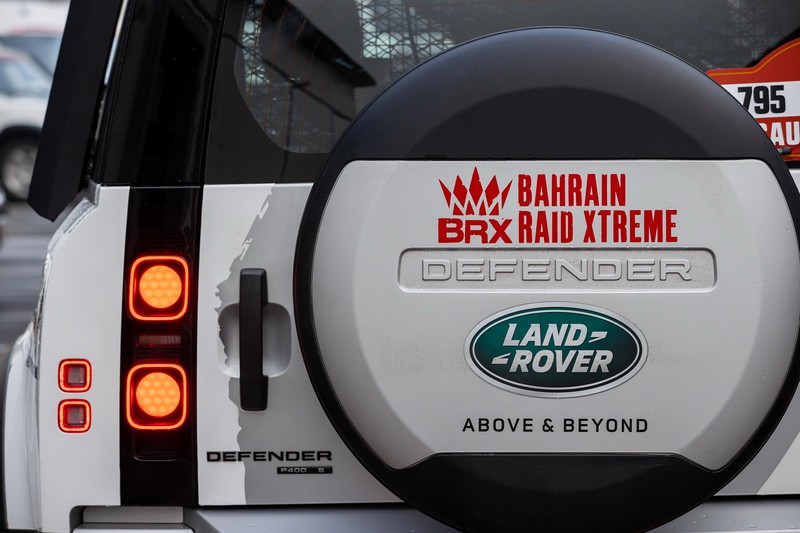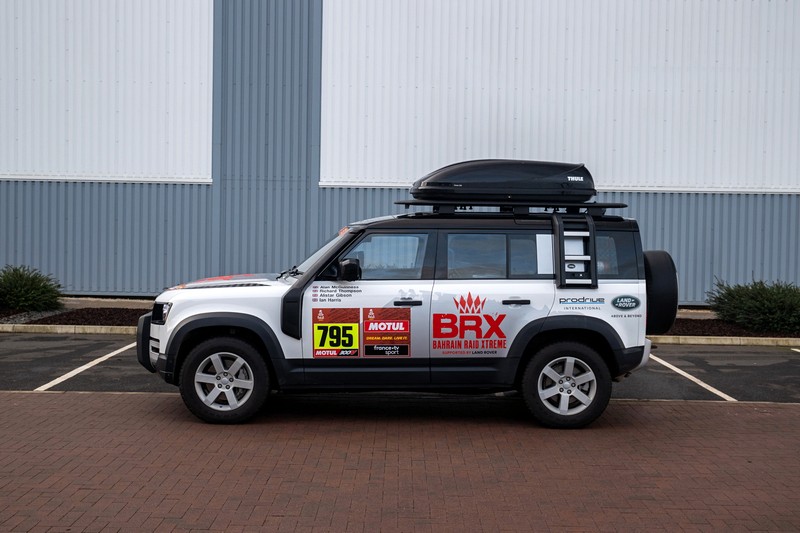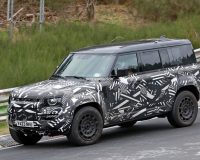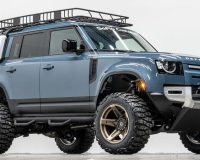JOHANNESBURG – Land Rover’s Defender finally landed in South Africa this year after what feels like a decade of waiting. Teased and shown in prototype form for years, we’ve always expected the new Defender to move into a new generation in a big way, leaving behind its war-time heritage and utilitarian nature. Some say the Defender is no longer a Defender; they say it’s too modern, perhaps too 22nd century.
The reality is, the latest Land Rover Defender is an exquisite piece of engineering and although it is a far cry from its predecessor, it’s a much better vehicle now than ever before.
MAKES YOU FEEL LIKE NATHAN DRAKE
Let’s start with the way the Defender makes you feel when you look at it. There’s no doubt, you will smile when you see one. It’s not ostentatious, it’s not built for bling, it’s well chiselled and flat like the old one but curved in just the right spots to give it a futuristic look.
In fact, we recently played through the Uncharted video game series on PlayStation and it was in the third instalment of the game that we came across a vehicle in the game that looked like the new Defender. A proper beefy squared off, dirt-road monster that would take you up the steepest inclines and down the most vicious descents. When I look at the Defender I get those same “Nathan Drake” vibes, where I just want to pack up the 900-litre boot with gear and head off into the unknown.
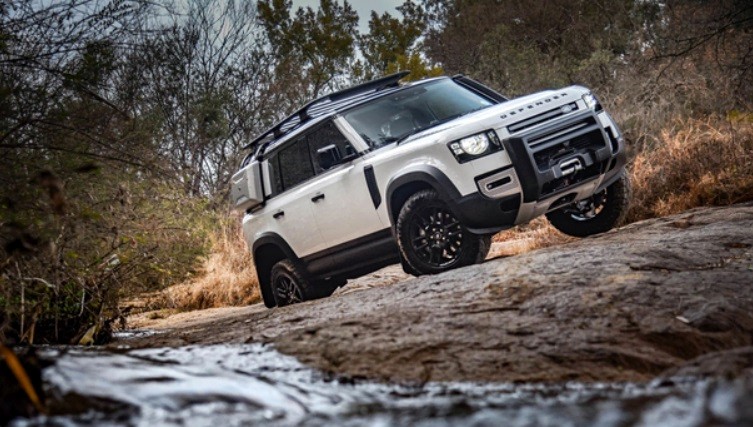
So, from a looks perspective, in my eyes, the new Defender is one heck of good looking vehicle, with just the right proportions and stance. Our test unit was finished in a wonderful dark blue with dark 21-inch alloy wheels. It’s a tasty package, however, across the range, even if you opt for the “bare bones” models with steel wheels.
THE DRIVE
The Defender is available with a range of engines, most recently augmented by the addition of some new diesel and plug-in-hybrid models for 2021. Our test unit came with the “right” engine, though, the straight-six turbo 3.0-litre engine that you’d usually find in a Jaguar sports car. 294kW on tap and around 550Nm to play with from a relatively low 2000rpm makes it a formidable on-road GT type car as well as rock-crawler. The combination of this engine and the eight-speed automatic transmission with low-range and driving modes also made it one of the easiest vehicles to take on an off-road course.
We headed out to the Hartbeespoort area to tackle some courses there over a weekend and came away extremely impressed at how the Defender made light work of every obstacle thrown at it. Really, along the Hennops 4×4 course, for example, there’s this steep shale rockface incline that I really battle with in lesser 4x4s but not so in the Defender. Hit the thing into Rock mode, get comfortable behind the wheel and let the car climb. You give it a little bit of gas when you need to, but for the rest, you just watch the onboard cameras and steer in the direction you want to go and the Defender goes there.
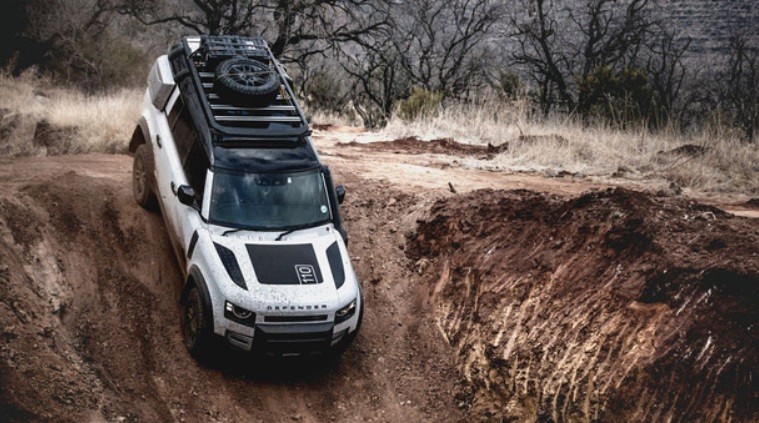
Some of the off-road enthusiasts at the trail that day commented that the Defender “is lekker”, but it “does everything for you”. They’re right, it does most things for you, but you still need to know the basics of 4×4-ing, such as assessing obstacles or be willing to test water crossing depths (although the Defender has a built-in depth detection gauge when you make those sorts of crossings), and you genuinely need to know what you are doing.
This notion of the “the car does everything for you” so it’s a bad car seems moot, considering we’re living in a world where instant gratification matters most. Look, I get the argument that the old Defender did lots of things right as an off-roader, but this new one is just as capable, if not more for the type of leisurely 4×4-ing most people will do with it. If you’re more of a Camel Plain type and would prefer to carve your own trail through a jungle with a machete, perhaps the old Defender is more your cup of tea.
THE TECH
Powering the Defender is a high-tech range of engines, shared with sister company Jaguar, which is an excellent thing as these power units punch with the best that Germany has to offer. I would prefer a diesel in my Defender, but the petrol unit worked well to deliver smooth performance and safe, brisk overtaking.
It’s packed with those driving modes I mentioned earlier, several for off-roading and a road-drive programme that keeps things smooth and comfortable. You can even spec it with air-suspension to give you additional ride height options depending on your needs.
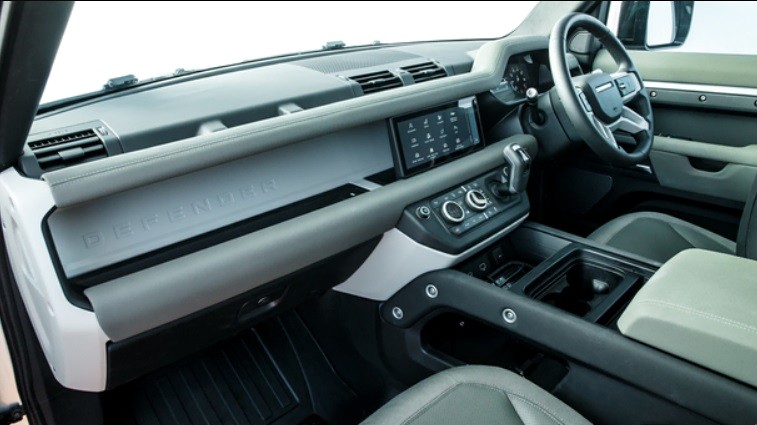
I thoroughly enjoyed the infotainment technology, with smooth, responsive touchscreens and hard-wearing buttons and dials. It’s really nice that you still have access to key controls through knobs and switches as most premium manufactures are trying to shoehorn everything into the touchscreen interfaces these days.
Seat comfort in the new Defender is also praiseworthy as you never feel uncomfortable when bouncing over rocks. It’s also supremely comfortable for long highway journeys. Since my accident, my back tends to stiffen up if I sit in a car seat for more than an hour, but in some cars, such as the Defender, I didn’t cramp up. This is, no doubt, thanks to its shape and it’s infinite adjustment options on the test car.
WORTH THE MONEY?
Looking at the price list for the new Defender, it’s easy to let out a gasp. It’s not cheap, even at the entry-level, but then it’s not a cheap car. As mentioned, it’s extremely well-engineered, with solid metals and materials that give you this feeling that it will withstand a nuclear blast. There’s a refinedness to it that you won’t get in a G-Class, no matter how much you polish that vehicle, and there’s a wonderful feeling of serenity to it that you don’t get in your more mainstream SUVs.
In Land Rover’s own portfolio of off-roaders, the Defender stands out as the one you really want, or at least the one I really want. It has character, it has the quality and it has presence, but most of all it still has that ability to go anywhere, just with more convenience and luxury.
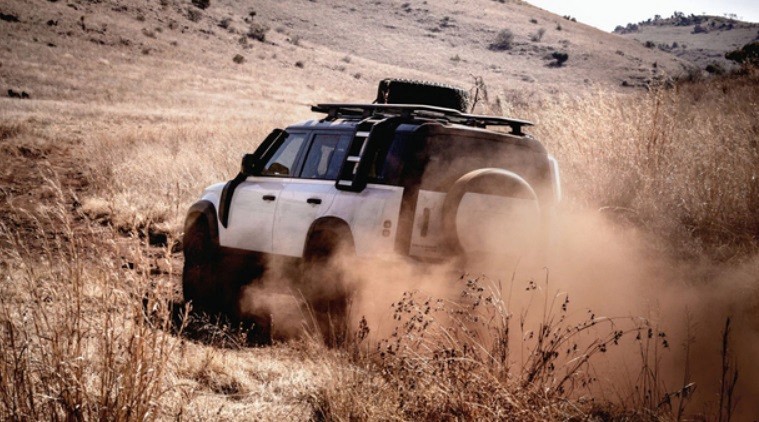
If you’re out tyre-kicking one for your daily commute or urban adventures, I’d suggest a petrol model, or perhaps waiting for the plug-in model that arrives soon. If you plan of putting one some real mileage off the beaten tracks of Mzansi, you might appreciate the frugality of the diesel more. Either way and regardless of the spec you choose, you’re getting the same basic driving package of solidity and refinement in a retro look that will keep you smiling for years to come.
It’s just that kind of vehicle, it’s so loveable, and yes it has some quirks, but the positives outweigh these so much that I really can’t fault this Defender. I want an all-electric one, please build one, Land Rover.
All Land Rover Defenders come with a 5-year/100 000km full-maintenance plan.
LAND ROVER DEFENDER 110 P400
ENGINE: 3.0-litre, straight-six turbo petrol
GEARBOX: 8-speed with low range
DRIVE: All-wheel drive
POWER: 294kW at 5500rpm
TORQUE: 550Nm at 2000rpm
FUEL USE (TESTED): 14.5 l/100km (mixed use)
0-1000KM/H (CLAIMED): 191km/h
LENGTH/WIDTH/HEIGHT: 5018mm/2105mm/1967mm
GROUND CLEARANCE: 291mm
WARRANTAY: 5-year/100 000km
SERVICE PLAN: 5-year/100 000km
PRICE: From R1 283 630
Article Credit: Pritesh Ruthum
Full Article: https://www.iol.co.za/motoring/road-tests/tested-land-rover-defender-110-p400-is-every-bit-as-good-as-it-looks-a4bf8fd3-d7e7-444e-9d87-747bbe2c7e77

